Biology > Lab Experiment > University of North Texas BIOL 4510 LabManualF17-reviewed by experts 2021 (All)
University of North Texas BIOL 4510 LabManualF17-reviewed by experts 2021
Document Content and Description Below
Information to the Student 1 Information to the Student This laboratory course in Animal Physiology has been designed to provide you with an opportunity to increase your understanding of the princi... ples of physiology, with an emphasis on comparative animal physiology. The experiments will introduce you to principles underlying medicine, nursing, dentistry, physical therapy, respiratory therapy, and other health professions. The experiments are presented in a manner that will allow you to better understand the scientific method as well as increase your observational and critical thinking skills. Mastery of these core concepts and vocabulary will provide tools that will help you succeed in your chosen profession. Prerequisite Concurrent or previous enrollment in either BIOL 3800 or BIOL 4505 Lab Grade Determination Midterm Examination 100 pts. Final Examination 100 pts. Lab Reports 2 @ 50 pts each 100 pts. Quizzes 10 @ 10 pts each 100 pts. Participation 10 @ 10 pts each 100 pts. Total 500 pts. A = 450-500pts., B = 400-449., C = 350-399., D = 300-349., F = <300. Examinations Students will take two exams, a Midterm and a Final. Each exam will be 50 multiple choice questions worth 2 points each. Each exam will cover only the material presented in the labs that precede it. The Final exam will not be comprehensive. Lab Reports Lab reports account for a large portion of your final course grade. Generally they will be about 10-14 pages and written as if you are explaining the background, procedure, and results to someone who has not performed this experiment, but who is considered to be a ‘relatively intelligent’ audience. Another biology student should be able to repeat your experiment from your description of it. For each lab exercise you will receive 10 participation points. If you are absent for the day of the exercise for which a report is written, you may still turn in your report and be eligible for all but these 10 points. You will lose these points, regardless of the justification for your1 Information to the Student 2 absence. You may also lose these points if your TA judges that you have not adequately participated in the exercise. Lab TAs cannot be required to grade illegible, incomprehensible reports. You may receive a zero in such cases. All reports must be presented professionally. To achieve this, type your report; number your pages; spell check; and proofread your report; do not include any ripped, torn or frayed pages; and finally staple your report. You will be required to turn in a paper copy of the report as well as turning in an electronic copy through Turnitin on Blackboard Learn. Failure to do either of these will mean that the report will not be accepted. The student is responsible for ensuring that the TA has received both copies. During the semester you will be completing the experiments and using data generated by all of the small groups working in each section of the lab. However, the production of the lab reports is to be an individual effort and not collaboration with the members of your group or anyone else. Plagiarism from the lab manual, textbooks, internet or fellow students (or cheating of any sort) are not tolerated. Appendix A details all lab report requirements. Quizzes Students will take 10 quizzes, worth 10 points each. Quizzes will be a mix of question types and will be given at the beginning of the lab. Topics covered on each quiz will include material from previous labs and from the lab given that day. Therefore, it is imperative that students prepare by reading the exercise for that day. Attendance and Participation Attendance is mandatory! If you do not attend your assigned section, you will lose points for any quizzes. If you miss either of the labs for which a lab report is due, you may still turn in a report, but you will lose the participation points (10 pts). Students will be allowed to make up one quiz and one exam, either the Midterm or the Final. These policies are in place to ensure that students have the opportunity to miss one lab for (presumably) valid, unavoidable reasons. You do not need to present documentation justifying your absence. Such documentation will not affect the implementation of this policy. Make ups will be given during your TA’s office hours, and should be arranged with the TA. For each lab you will receive 10 participation points. There will be eleven lab sessions, but your final grade will only be calculated from a total of 100 participation points. This means that you can miss one lab without penalty for whatever reason. An individual student will lose their participation points for a given lab day if they: Fail to attend more than one lab session. Leave the lab before the group is finished Fail to clean up their portion of the lab bench (including pushing their stool under the table). Fail to participate in the group attempt to carry out the lab exercises1 Information to the Student 3 A student group will all lose their participation points for a given lab day if they: Fail to clean up their instruments or their workspace Fail to put their supplies back in the proper location Fail to provide their instructor with either their lab results or a definitive statement that the group failed to obtain results The entire lab section will lose their participation points for a given lab day if they: Improperly dispose of waste materials Fail to properly clean up the common lab areas Any student who misses 4 or more regular lab sessions will be given a grade of F for the lab, regardless of the number of points that student has earned. Use of Live Animals During several of the experiments, you will be using live animals or preparations from live animals (e.g. crayfish,). Your TA has been trained in the humane use of experimental animals. All members of the lab should take special care when working with experimental animals. Note: Although we will utilize computerized data acquisition systems for several experiments, do not assume your labs will be a “Plug and Play” video game. It may be necessary to manipulate the tissue, electrodes, transducers, etc. to record the appropriate results. The extra effort required will add to your understanding of the experimental procedure and is indicative of physiological research, which often requires similar manipulation. Not every group will obtain useful results for every exercise. We will be pooling all of the data from every section so that we can emulate the actual research methodology. Lab Cleanup Students are responsible for cleaning the lab and equipment after each experiment. Care should be taken with glassware and biological tissue. These must be disposed of in containers specifically designed for this purpose. If you break any glass, be sure to clean the area well in order to avoid injuries to other persons. If any other equipment is damaged or broken, please inform the TA. Points will be deducted from any group that fails to follow cleanup procedures.2 Science and the Scientific Method 1 Information to the Student Science as a Way of Knowing This laboratory course focuses on two separate but related topics. The first focus is obviously animal physiology. Understanding the physiological processes that occur in animals enables us to understand how animals, and by extension, human beings, cope with changes in internal and external environmental conditions. The second focus of this course is the methodology of science, with special emphasis on experimental design and statistics. This portion of the course has even wider application than the first, since an understanding of empirical scientific methods allows the student to evaluate scientific studies both within and outside of the discipline of animal physiology. The human mind has the capacity for pattern recognition and forethought. Pattern recognition is the ability to compare observable features of the natural world and conceptualize the similarities and differences between discrete events. Each of us does this all of the time. We recognize objects by comparing our current sensory perceptions with our memories of previous perceptions. When our earliest ancestors saw a familiar pattern in the grass and recognized it as a crouching lion, they were demonstrating the profound selective advantage of pattern recognition. Language, a (perhaps) unique capacity of the human brain, is an extension of pattern recognition. We generalize and group perceptions by naming them. We store the symbols [Show More]
Last updated: 2 years ago
Preview 1 out of 216 pages
.png)
Buy this document to get the full access instantly
Instant Download Access after purchase
Buy NowInstant download
We Accept:

Reviews( 0 )
$18.00
Can't find what you want? Try our AI powered Search
Document information
Connected school, study & course
About the document
Uploaded On
Jun 07, 2021
Number of pages
216
Written in
Additional information
This document has been written for:
Uploaded
Jun 07, 2021
Downloads
0
Views
93




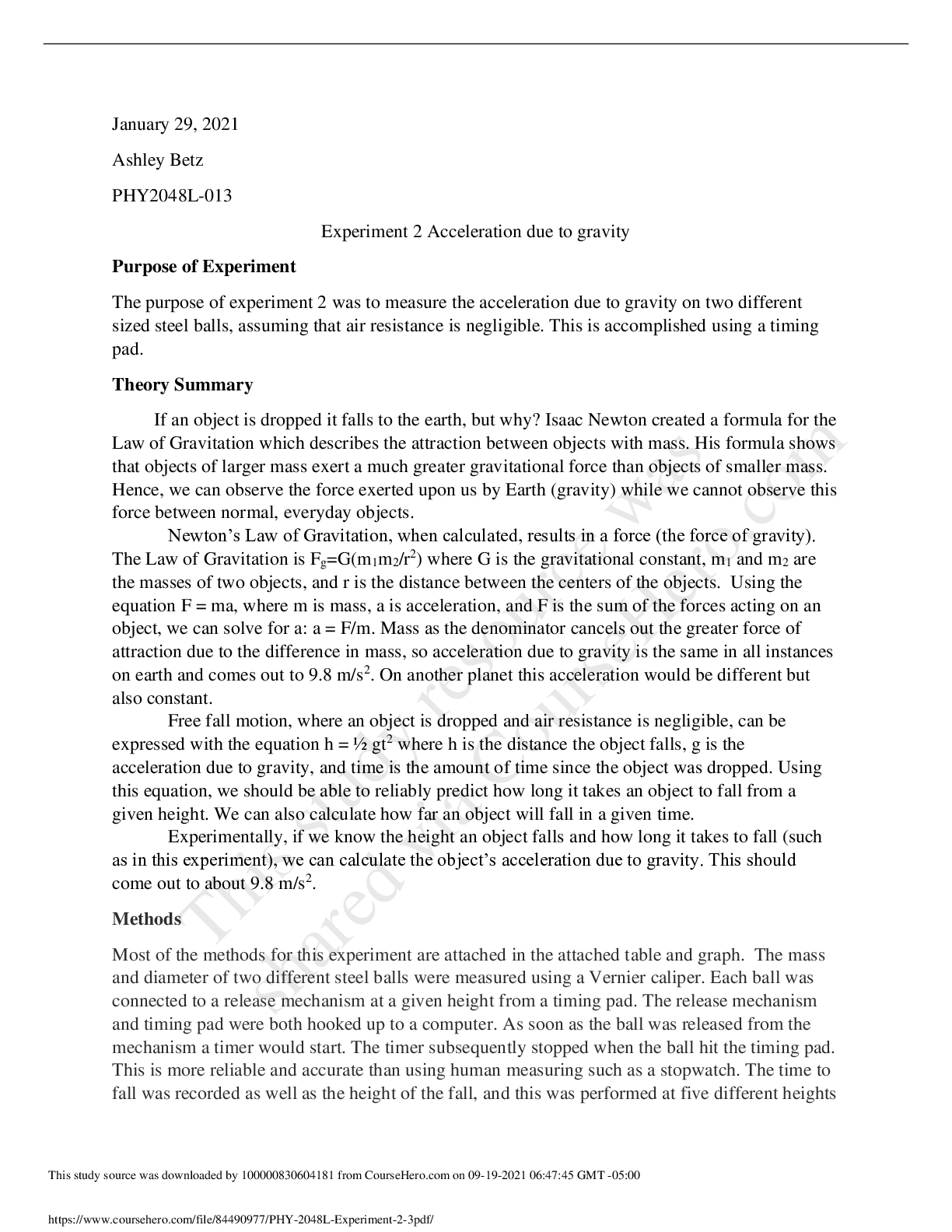
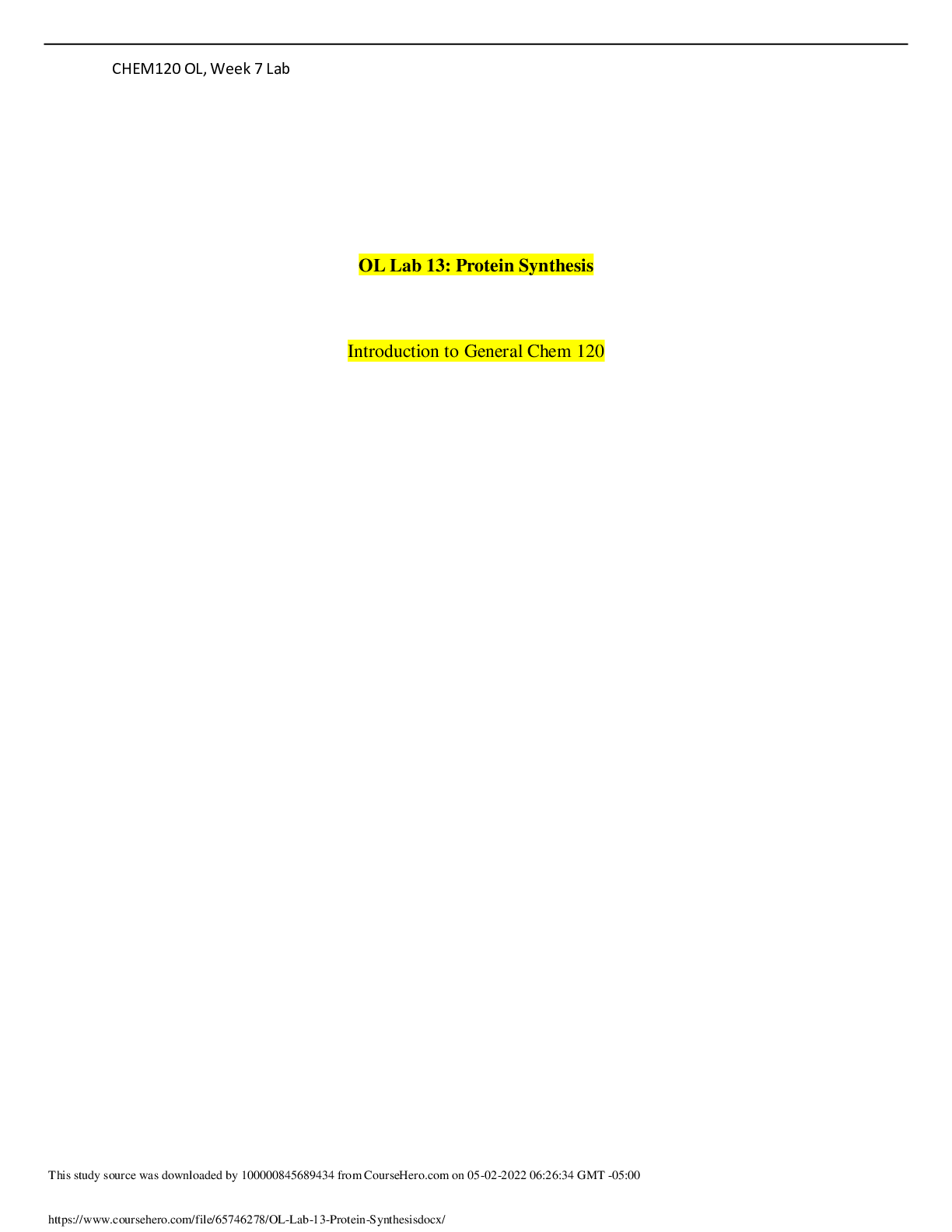

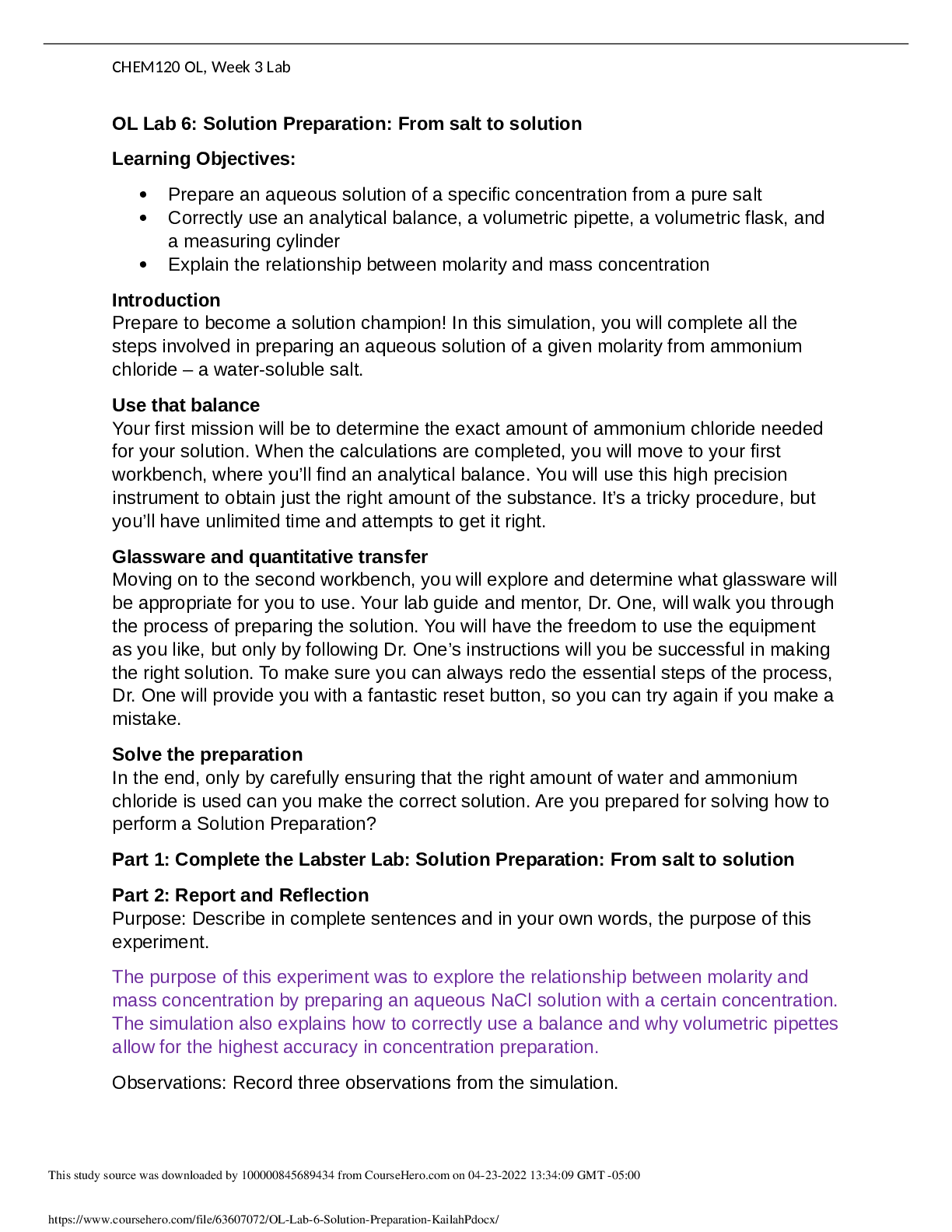


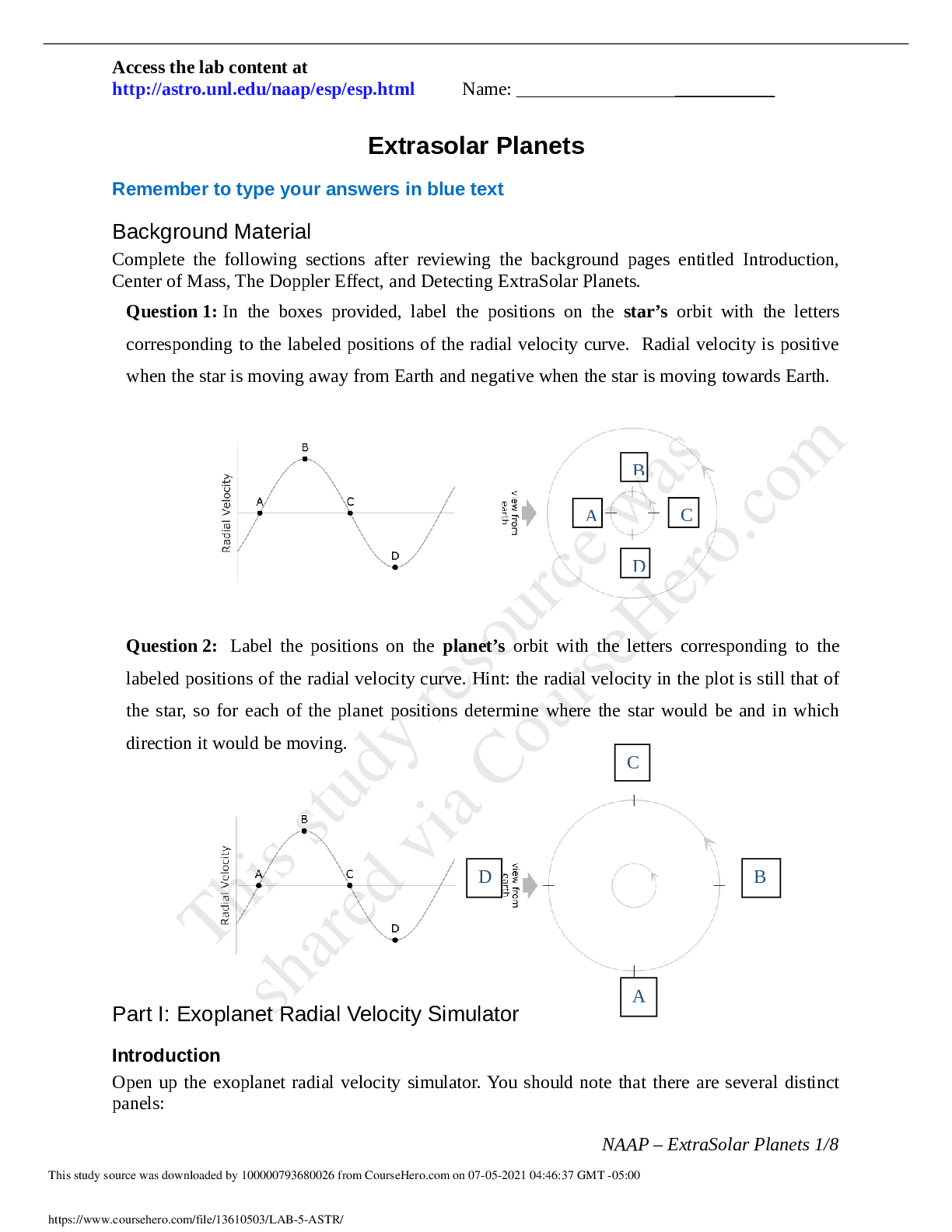




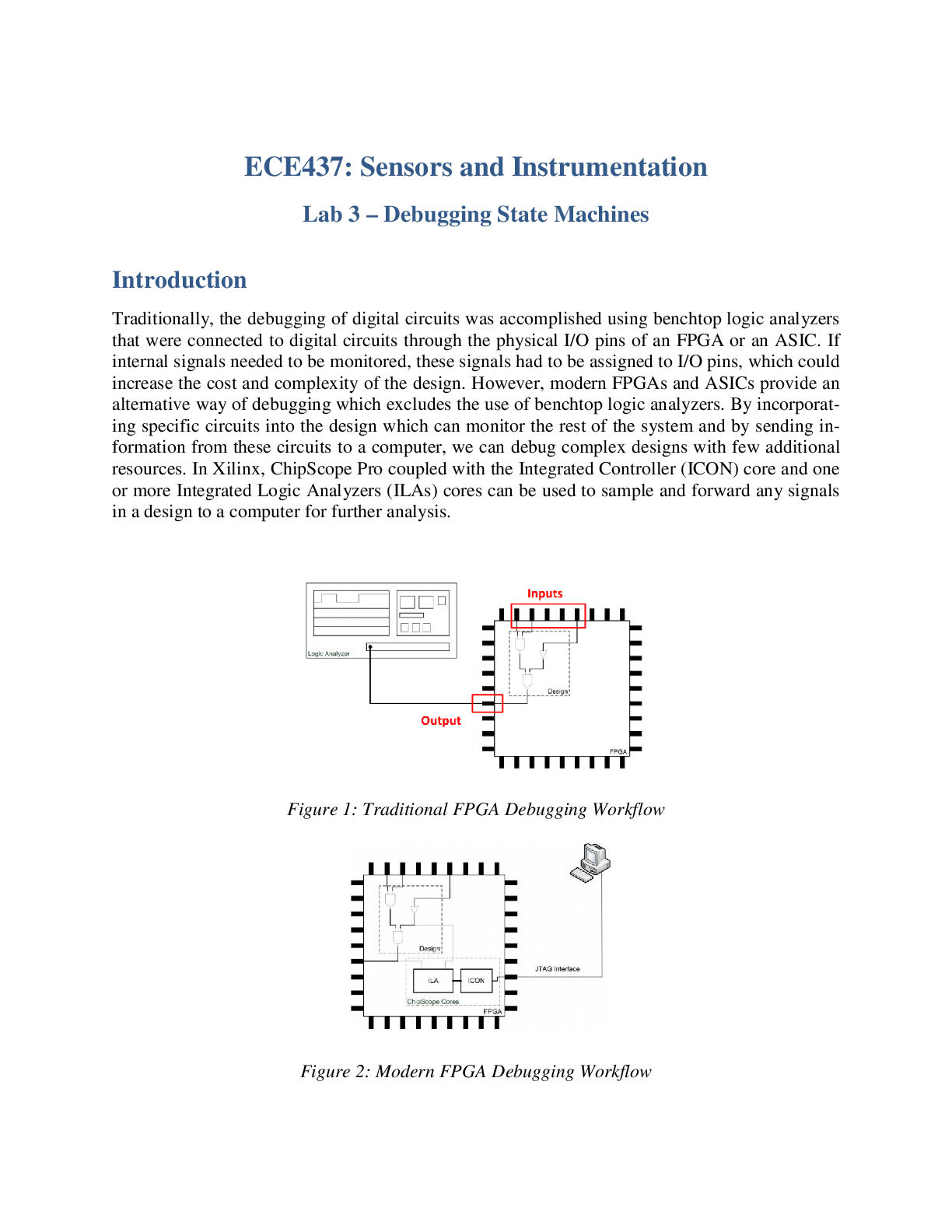
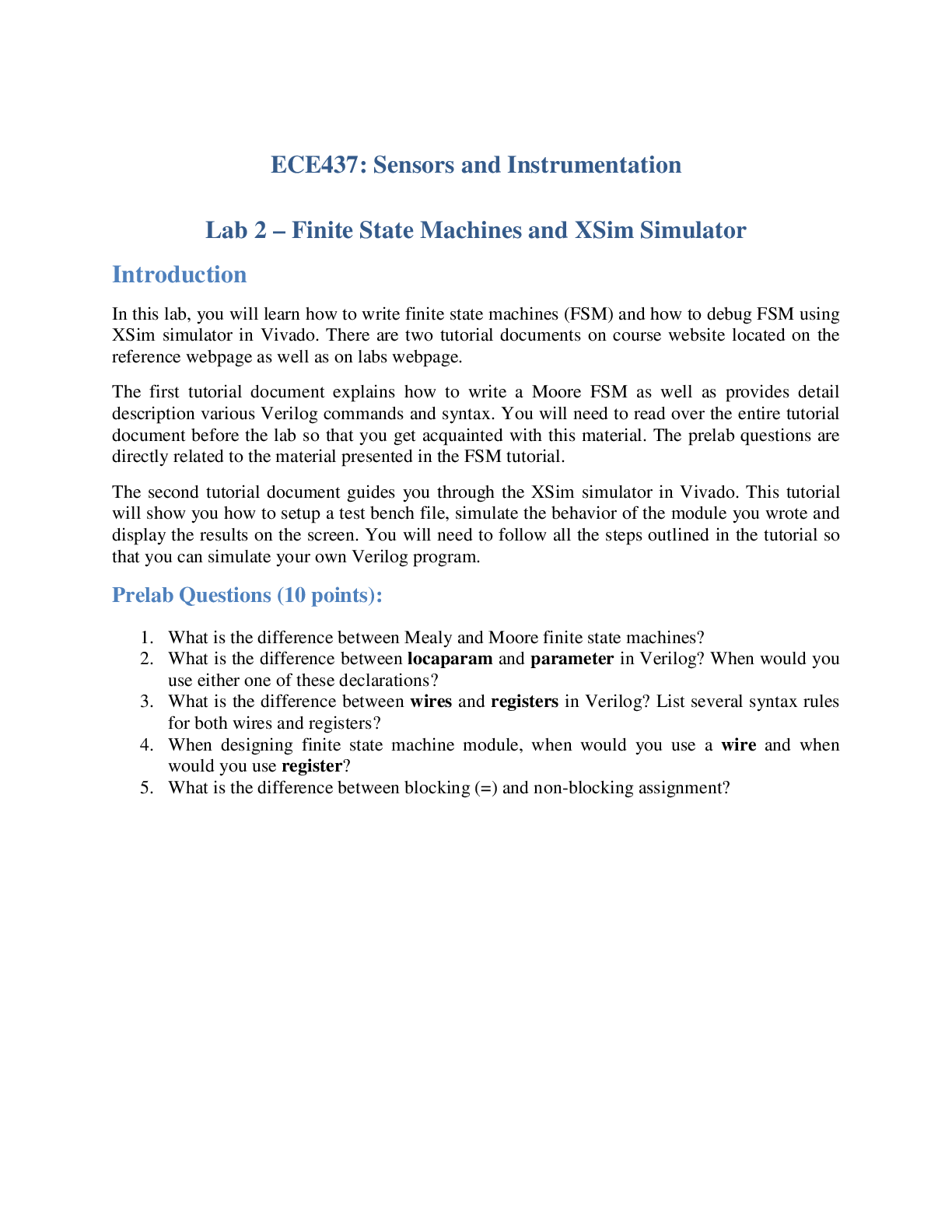
.png)



